My mum would always say “there is nothing new under the sun, even fashion keeps going in cycles” and I’ve found this to be true over the years. Fashion has always been an expression of art, largely influenced by a people’s culture and environment amongst other things.
Nigeria has a very rich cultural heritage and to say that it is evident in our fashion is putting it mildly. However, the ideal picture of a fashionable man in the ‘70s would be quite different from what is obtainable now. Over the years, our fashion has evolved and I’d like to take you on a journey of the evolution of male fashion in Nigeria.
The Seventies (1970’s)

In the 1970’s, it was a mix of skin-tight and big-sized clothes for the men. As a fashionable guy, you were either decked in a bold coloured skinny jumpsuit (or tight fitting shirts and “pencil” trousers) with bell bottomed pants and same coloured shoes to match or rolling out in your agbada depending on the occasion. The danshikis were evolving into a more regal version called “agbada.” Agbada was like our own 2/3-piece suit featuring an inner top with the semblance of a danshiki, baggy pants and an overlying flowing big-sized gown with a signature hand-made heavily detailed embroidery. The agbadas came in different styles and designs and were made from luxurious fabrics like “damasks, brocade, guinea, jacquards,” etc, depending on the occasion.
It was seen as an outfit for the affluent, wealthy or royals. This outfit isn’t complete without a matching hat called “fila”(the yoruba word for cap). You could either top this look with a long gold chain(with a huge pendant) or coral beads and dark glasses for a fashion statement. The trending hairstyle was huge afros and if you were daring, you’d convert your fro to curls popularly called “Jerry Curls” at the time. Having evolved over the years, the agbada is still a frontliner in today’s fashion in Nigeria and across Africa. Almost every married Nigerian male, has one agbada in his wardrobe at least. Don’t ask me why… lol
The Eighties (1980’s)
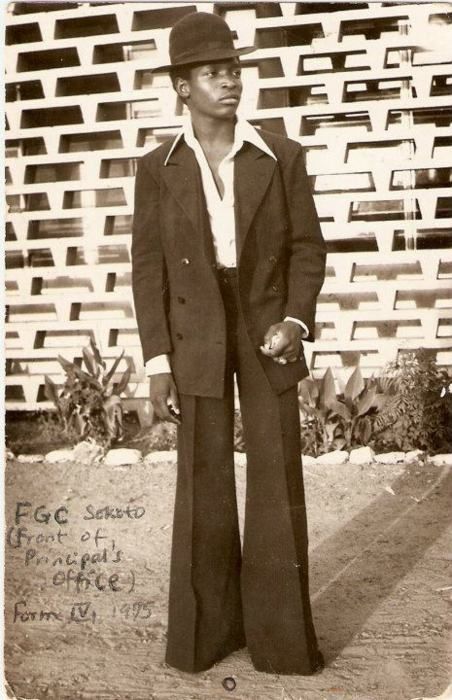
In the 1980’s, the western culture was weighing more on our fashion and it wasn’t hard to tell as people were giving up most of their traditional outfits for a more westernized and casual look. Jeans had made its way to the fashion scene in Nigeria. The “Pencil” or “Fela” trousers were the order of the day. I remember hearing stories of how you needed about four people to get in and out of those pencil trousers. It was either that or oversized suits that were styled with long/short sleeves.
For a sleek finish, add a hat popularly called “Kangol,” and a big rectangular leather bag. The fro curls and jerry curls were still the prominent hairstyles. This description should paint an image that belongs in your parents’(or grandparents’) photo album. Funny enough, this look has returned to relevance in the Nigerian fashion landscape.
The Nineties (1990’s)
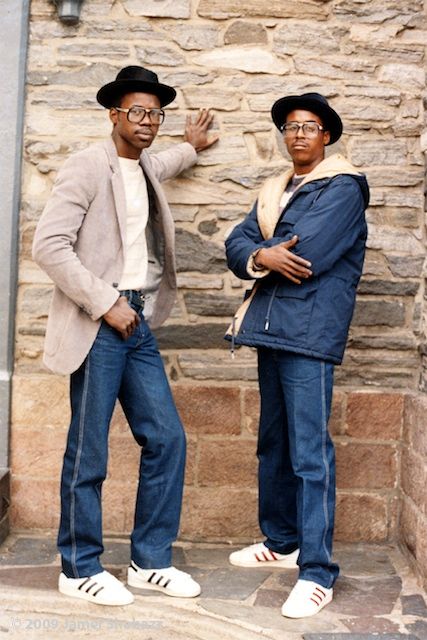
For some reason I can’t really tell, fashion at this time became more conservative than at other times with trouser hems getting slimmer and slimmer. Men favoured low-cut hairstyles (fade haircut gained prominence at this time) over the previous curls, ditching relaxers and activators.
Jeans and tee shirts had come to stay as a casual fashion trend. No more lousy colored blouses or weird looking pants. The ankara fabric gained popularity in the 1990’s and became a staple feature at our parties, earning the name aso-ebi.
The 2000’s
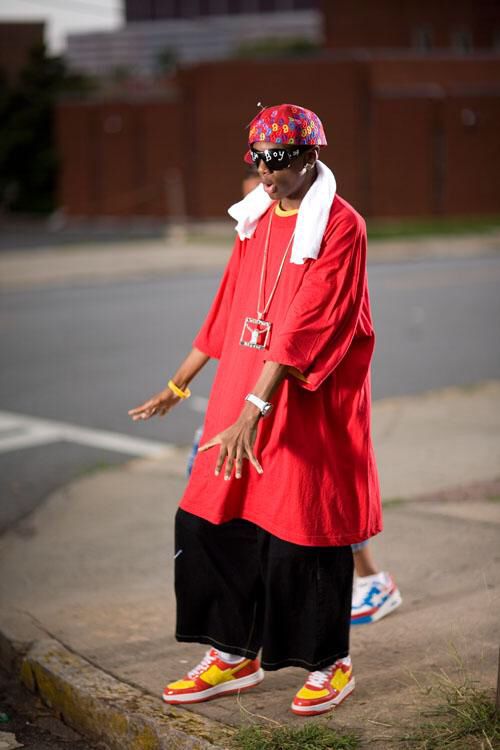
The entertainment industry had a major influence on men’s fashion in Nigeria. If you went to a party in the 2000’s, everyone was either dressed as their favorite music artist or movie star. Musical videos promoted baggy jeans, oversized tops, sneakers, loud jewelry, snapback hats and all things from popular designers as the definition of cool looks, while movies promoted smart fitting suits with big/fat ties as the perfect fit for corporate occasions. The fashion industry had a loud, expressive hip hop feel that was quite different from the previous decades. Almost as if the industry was trying to make up for the calmness in the ‘90s.
2010 till date

From 2010 till date, I think it’s safe to say that we have come full circle. We have explored and are still exploring the various possibilities in our fashion industry. We moved from baggy pants to skinny jeans and back to loose fitting pants. We’ve moved from crazy jeans to ripped jeans, from oversized tops to fitted shirts/tops and back, we’ve moved from dressing for trends to dressing for comfort, moved from ditching our cultural/traditional attires for western fits to incorporating it largely in our fashion, from purchasing only foreign designer items to owning our own brands, couture and exporting our own craft to the world and influencing fashion trends.
Nigerian male fashion has evolved over the decades, blending tradition, global influences, and individual flair. From the colorful ’70s to the streetwear of the 2000s, Nigerian men continue to make bold fashion statements, celebrating their unique style and heritage.
Did we leave out any detail? You can tell us on the Fusion app!

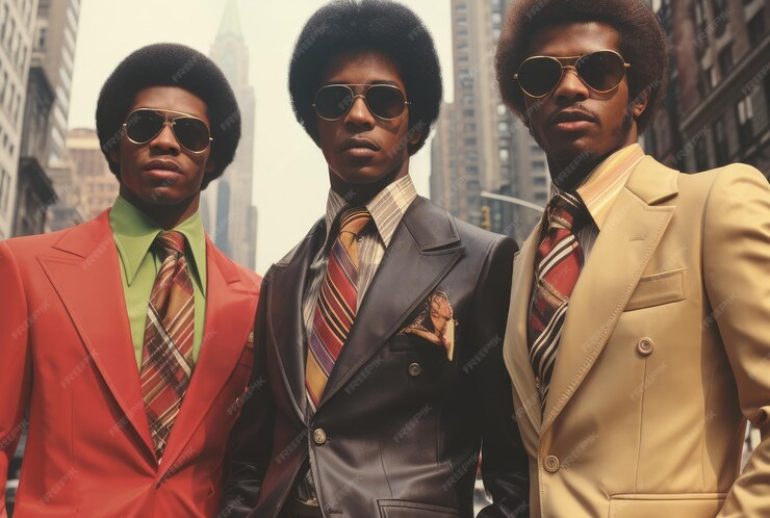


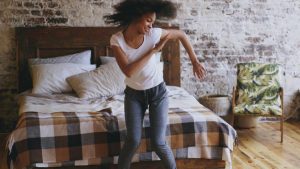

1,155 Responses
tadalafil troche reviews: vardenafil vs tadalafil – cialis w/o perscription
https://tadalaccess.com/# natural alternative to cialis
cialis for daily use dosage cheap cialis cialis 5mg cost per pill
buying facebook accounts https://buy-ads-account.click
https://tadalaccess.com/# buying cialis without prescription